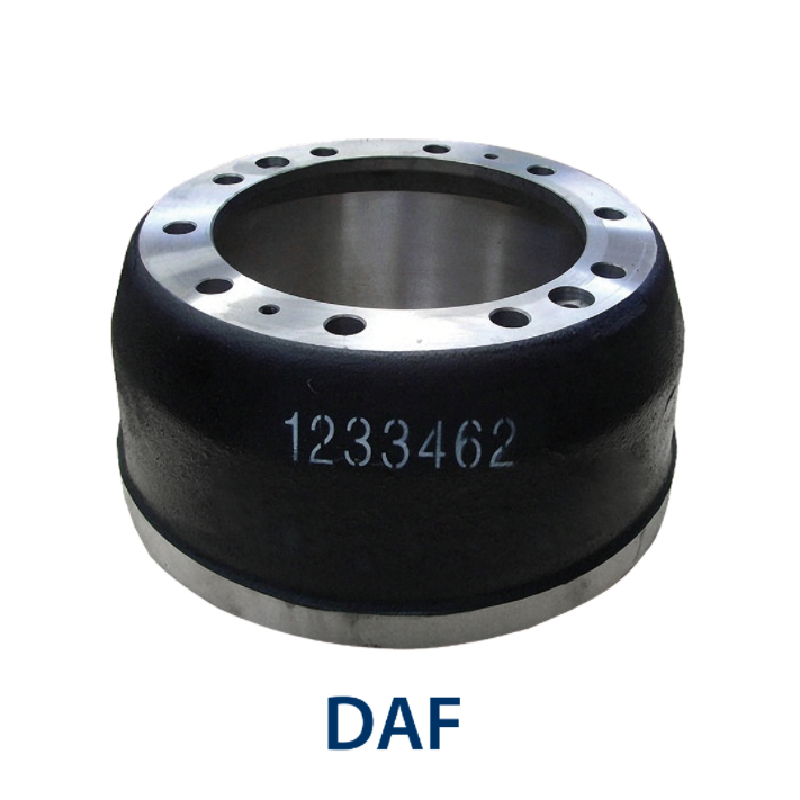Jul . 28, 2024 13:53 Back to list
Transforming Brake Drums into Disc Brakes for Improved Vehicle Performance and Safety Efficiency
Converting Brake Drums to Discs A Guide for Performance Enthusiasts
The braking system of a vehicle is one of its most critical components, ensuring safety and performance on the road. Traditionally, many vehicles were equipped with brake drums, particularly in older models and some economy cars. However, the evolution of automotive technology has led many enthusiasts and DIY mechanics to consider converting brake drums to disc brakes. This article will explore the advantages of such a conversion, the process involved, and what you need to consider before undertaking this modification.
Advantages of Converting Brake Drums to Discs
1. Improved Stopping Power Disc brakes generally provide better stopping power than drum brakes. They dissipate heat more effectively, which reduces brake fade during heavy use, such as in performance driving or when towing.
2. Enhanced Durability Disc brakes are less prone to wear compared to drum brakes. They are less susceptible to moisture, which can lead to rust and degradation, thus offering a longer lifespan under many conditions.
3. Better Heat Management The open design of disc brakes allows for better air circulation, leading to improved heat dissipation. This is particularly beneficial in high-performance scenarios where brakes are subjected to intense heat generation.
4. Consistent Performance Disc brakes provide more consistent performance and feel pedal engagement more linear and responsive, enhancing driver confidence and control.
5. Less Maintenance While drum brakes often require adjustment and regular maintenance, disc brakes typically need less frequent service, making them a more hassle-free option in the long run.
The Conversion Process
Converting from drum to disc brakes is more complex than simply swapping out components; it requires careful planning and a good understanding of your vehicle's brake system. Here’s a general outline of the process
1. Research and Parts Acquisition Start by researching what components are necessary for your specific vehicle. Typically, you will need a disc brake conversion kit, which might include rotors, calipers, brackets, and necessary hardware. It’s also essential to ensure that your existing master cylinder and brake lines are compatible with the new setup.
converting brake drums to discs

2. Remove Existing Drum Brakes Safely lift the vehicle and remove the wheels. Carefully disassemble the drum brake system, including the brake shoes, springs, and drums. Make note of how everything is connected, as you will need to compare this with the new disc setup.
3. Install the New Disc Brakes Begin by installing the new brackets for the calipers, followed by the rotors. Attach the calipers to the brackets and connect the brake lines. Ensure tight connections and use new hardware where necessary.
4. Adjust the Master Cylinder In some cases, you may need to replace or modify your vehicle's master cylinder to accommodate the new brake system. Adjustments might also be needed to the proportioning valve, which controls the distribution of braking force.
5. Bleed the Brakes Once everything is installed, bleed the brake system to remove air from the lines. This step is crucial for ensuring proper brake feel and performance.
6. Test the System Before putting the vehicle back on the road, perform a thorough testing phase. Check for leaks, ensuring all connections are secure and that the brake system functions correctly. It's advisable to test the brakes in a controlled environment to ensure they perform as expected.
Considerations Before the Conversion
While converting to disc brakes offers numerous advantages, there are factors to consider
- Cost The conversion can be expensive, not just for parts but also for labor if you’re not doing the installation yourself. - Compatibility Not all vehicles are easily converted; some may require extensive modifications to the suspension or other systems. - Regulatory Compliance Ensure that your modifications comply with local laws and regulations regarding vehicle modifications, particularly if you plan to drive the vehicle on public roads.
Conclusion
Converting brake drums to discs can significantly enhance your vehicle's braking performance and safety. However, it requires careful planning, the right components, and a thorough understanding of the braking system. By considering the advantages and challenges outlined above, automotive enthusiasts can make informed decisions about whether this modification is right for them. Whether for performance or peace of mind, this upgrade is a worthy investment for many drivers.
-
Scania Brake Drums: OEM Quality for Optimal Safety & Durability
NewsAug.16,2025
-
R.V.I: Advanced Remote Visual Inspection for Precision
NewsAug.15,2025
-
Discover HYUNDA: Innovative Vehicles, Equipment & Solutions
NewsAug.14,2025
-
R.V.I: Unlock Advanced Insights & Real-time Performance
NewsAug.13,2025
-
Kamaz Brake Drum: Durable & Reliable for Heavy Duty Trucks
NewsAug.12,2025
-
Heavy Duty Iveco Brake Drum - Premium Quality & Safety
NewsAug.11,2025
